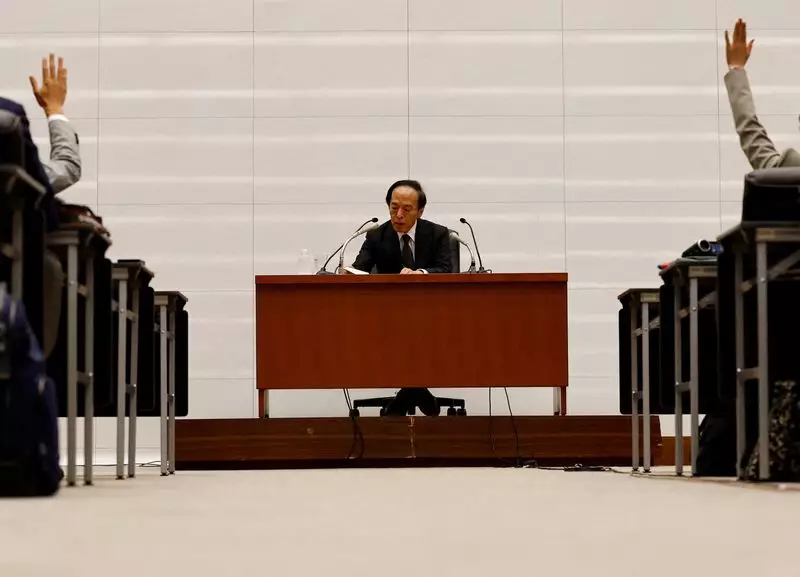The Bank of Japan is sending strong signals regarding its quantitative tightening (QT) plan, hinting that it may be bigger than anticipated by the markets. Furthermore, there is talk of a possible interest rate hike accompanying this move, signifying a significant shift away from its massive monetary stimulus. These hawkish hints come in response to renewed yen falls, which could lead to an inflation surge above the 2% target by increasing import costs.
The central bank is under immense pressure to take action to control inflation and ensure price stability. The potential rate hike is being considered as a preemptive measure to prevent inflation from skyrocketing due to rising cost pressures. The decision to keep interest rates near zero this month is being reevaluated, with one member of the board indicating the necessity of a timely rate hike.
A rate hike at the upcoming July meeting could have far-reaching consequences for financial markets. As the bank prepares to unveil a detailed plan on reducing its massive bond purchases and cutting down its balance sheet, there is a sense of anticipation and uncertainty among investors. Governor Kazuo Ueda’s comments about the possibility of a rate hike next month have added fuel to the speculation.
The Bank of Japan is treading carefully to design a QT plan that is both effective and well-received by the markets. It aims to avoid sudden spikes in bond yields while also ensuring that the yen remains stable. By taking a page from the U.S. Federal Reserve’s playbook, the BOJ is considering a methodical approach to trimming bond purchases at a steady pace. This could involve setting a narrow range for reducing buying and incorporating an “escape clause” to address market volatility.
In an effort to gather feedback and insights from bond market participants, the BOJ will hold a meeting on July 9-10. This engagement is crucial in shaping the direction of the QT plan and determining the extent of cuts to bond purchases. By involving stakeholders in the decision-making process, the bank aims to ensure a smooth transition to a more restrained monetary policy.
Chief economist Izuru Kato highlights the delicate balancing act the Bank of Japan must maintain. As it seeks to stabilize both the exchange rate and bond market, there is a possibility of deepening cuts to bond purchases each quarter. With the potential for a weakening yen, the BOJ may opt for a dual strategy of tapering bond purchases and implementing a rate hike in July.

